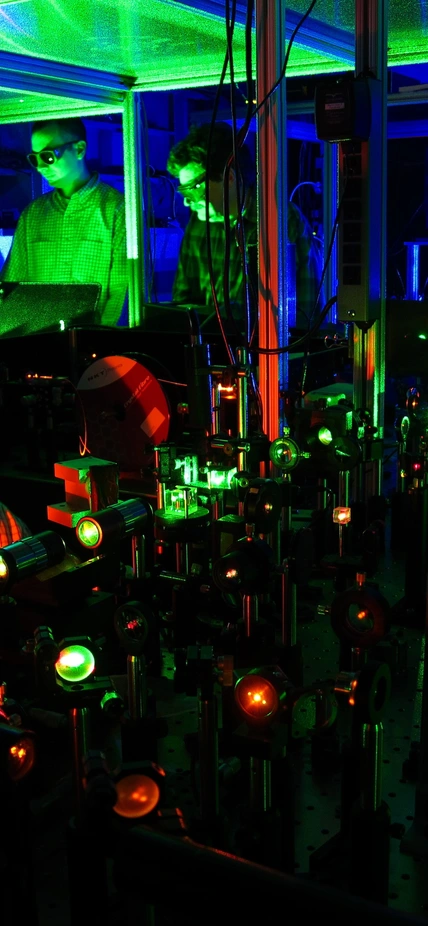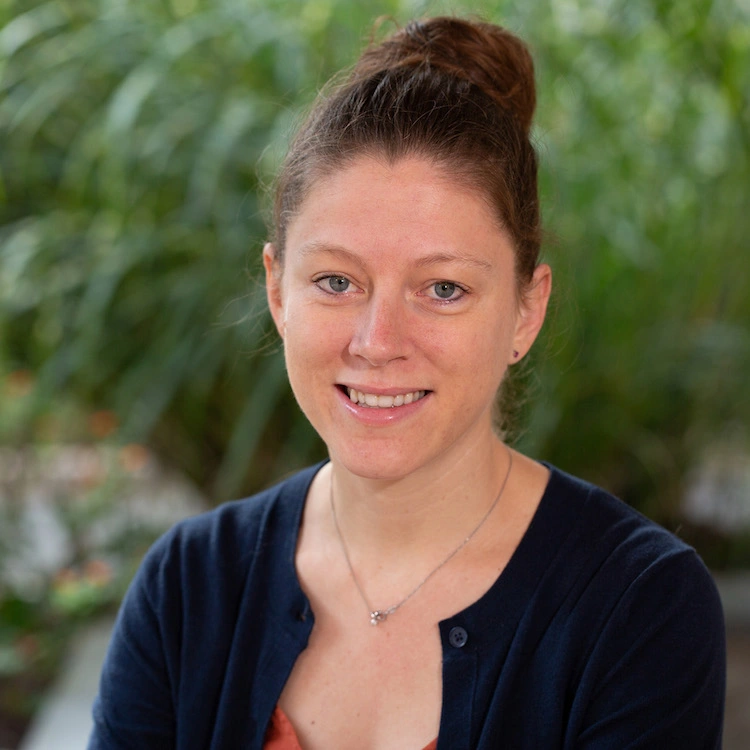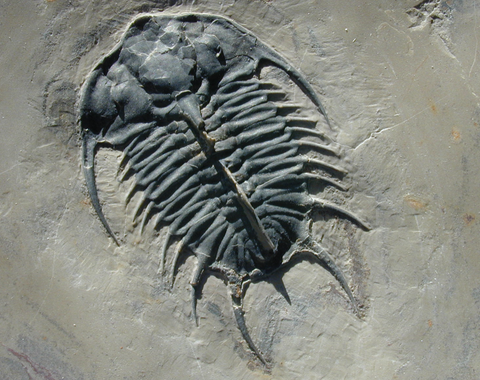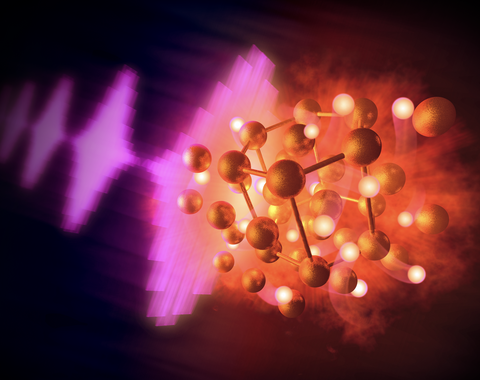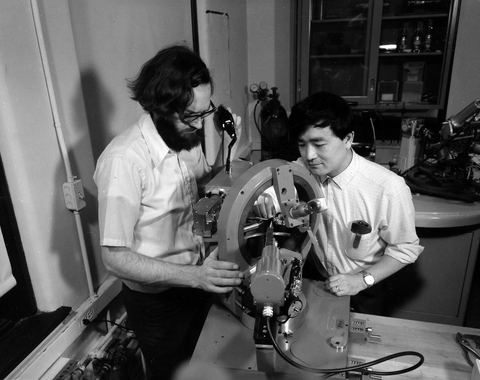Related Divisions
Carnegie's newest scientific division, Biosphere Sciences & Engineering, is devoted to disrupting the traditional, siloed perspective on research in the life sciences and pursuing an integrated approach to solving humanity's greatest challenges.
Biosphere Sciences & EngineeringDrawing on more than a century of science, our multidisciplinary department discovers exoplanets, creates new materials, illuminates Earth's inner workings, and seeks to better understand the universe that is our home.
Earth & Planets LaboratoryUnder Pressure
Our researchers examine the fundamental properties of materials under extreme conditions.
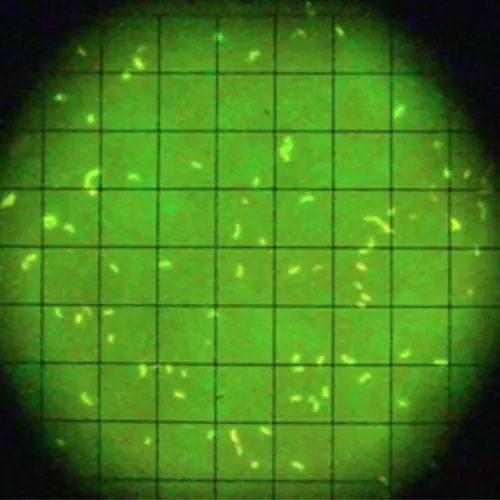
Extreme Environments
We draw on expertise and equipment from a broad swath of plant biologists, cellular and molecular biologists, astrobiologists, geophysicists, and geochemists to answer fundamental questions about our planetary habitability and the origins of life.
Learn More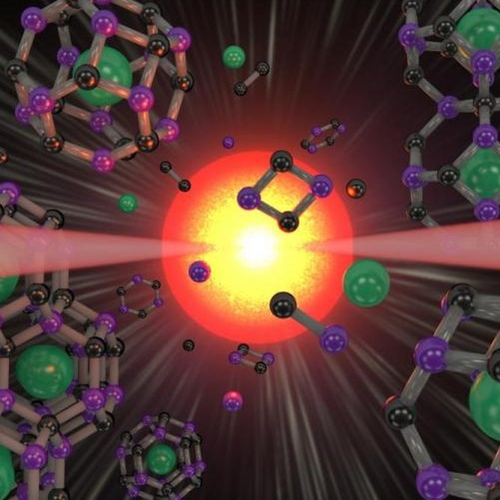
Extreme Materials
Utilizing experimental and theoretical approaches to understand fundamental chemical processes and interactions and to create new and advanced technological and energy-related materials.
Learn More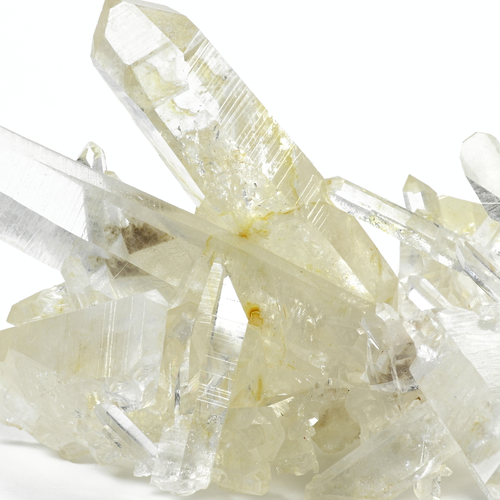
Mineralogy and Mineral Physics
Investigating the origin and dynamic evolution of Earth and planetary interiors, from their crusts to their cores, and the processes that lead to surfaces capable of supporting life.
Learn More